Popular Cat Breeds and Their Living Habits
The popularity of cats as household pets is continually rising. They are typically gentle and affectionate, providing emotional companionship and alleviating feelings of loneliness. Cats are relatively independent and can adapt to busy lifestyles, making them suitable for small living spaces or homes with limited room. Their independence allows owners to have more flexibility in managing their time without excessive concern for pet care. Compared to dogs, the cost of keeping cats is usually lower, especially regarding daily maintenance and training, as cats do not require the frequent outdoor activities that dogs do. The expenses for food, hygiene, and medical care are relatively modest, making cats an ideal choice for many families. Studies show that having a cat can improve mental health and reduce the risk of depression and anxiety.
Popular Cat Breeds
1.British Shorthair
The British Shorthair is a robust and muscular breed with a round head and thick neck. Their short, dense fur is soft to the touch, and common colors include blue (gray), black, white, chocolate, and cream. They have large, round eyes that are usually copper or gold, giving them a gentle and friendly appearance. British Shorthairs make ideal family pets and are beloved by many cat enthusiasts for their charming looks and mild temperament.
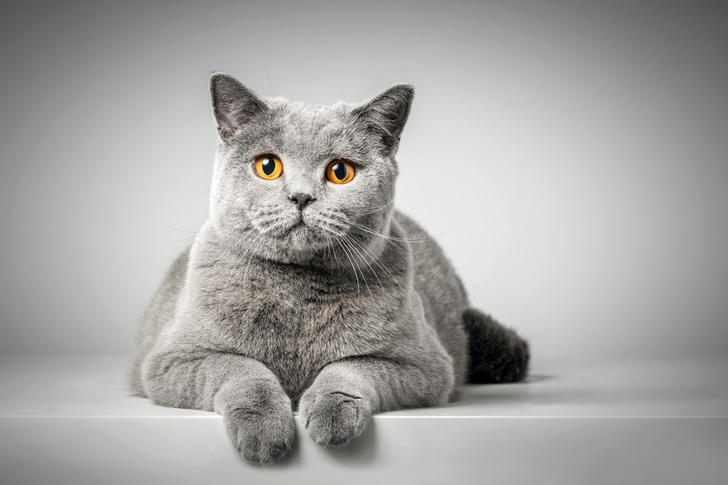
2.Ragdoll
Ragdolls are known for their gentle nature and beautiful appearance. They are a large breed, with adult males weighing up to 15 pounds (about 6.8 kg) and females slightly smaller. Their long, soft, double-layered fur is typically semi-long and easy to maintain. Ragdolls come in a variety of colors, with common ones including seal, blue, chocolate, and cream.
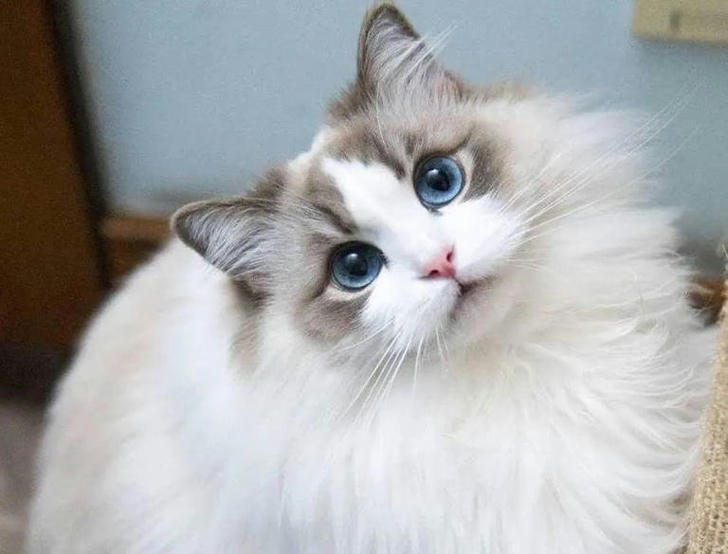
3.Persian Cat
The Persian cat is a historic and highly popular breed, renowned for its luxurious appearance and gentle temperament. They are larger in size, typically weighing between 7 to 12 pounds (about 3.2 to 5.4 kg) with a sturdy build. Persians have flat faces and large, round eyes that vary in color based on their fur, commonly seen in blue and copper shades.
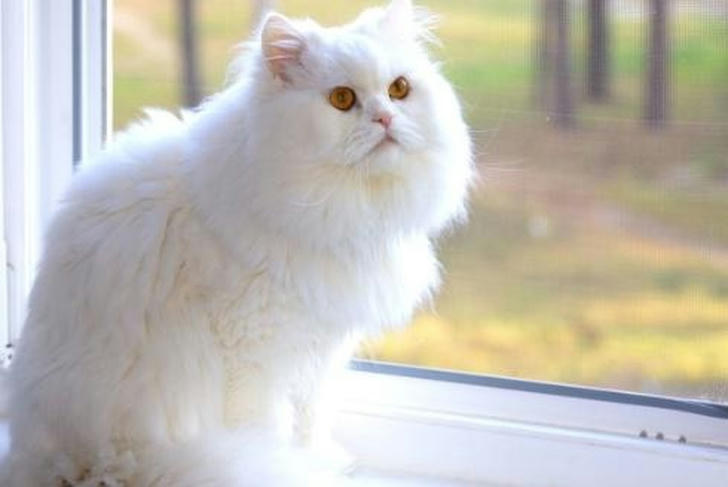
4.Maine Coon
Maine Coons are known for their large size and friendly personalities, as well as their unique appearance. They are one of the largest domestic cat breeds, with adult males typically weighing between 13 to 18 pounds (about 5.9 to 8.2 kg), and females slightly smaller. Their large, upright ears often have tufted tips, adding to their charming look. They have long, bushy tails that they use for warmth, especially in cold weather.
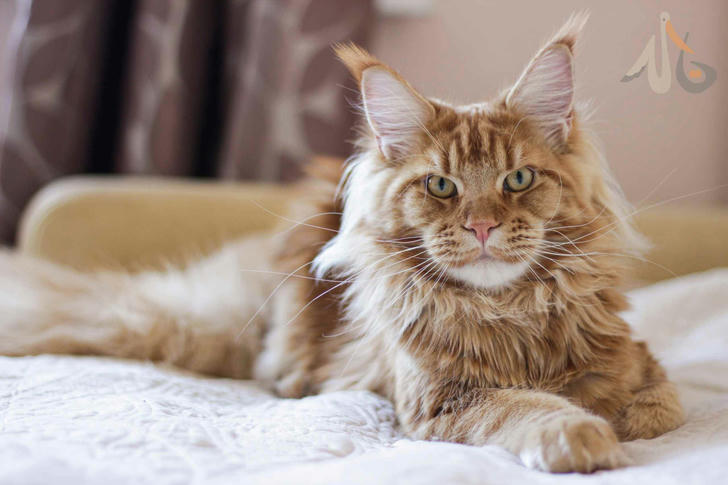
5.Siamese Cat
Siamese cats are famous for their unique appearance and lively temperament. They usually have short coats with a light body color and darker tones on the ears, face, legs, and tail, creating a striking contrast. They have a slender, elegant build and are typically agile and graceful. Their large, almond-shaped blue eyes are one of the most notable features, giving them an intelligent and deep expression.
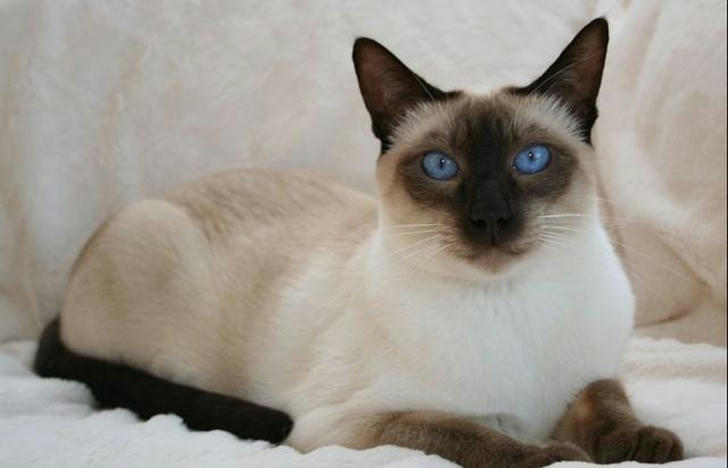
6.Scottish Fold
Scottish Folds are adored by many cat lovers for their distinctive ear shape and gentle nature. Their most prominent feature is their unique folded ears, which fold forward, enhancing their cute appearance. They have large, round eyes that come in various colors, typically matching their fur, which gives them a soft and gentle look.
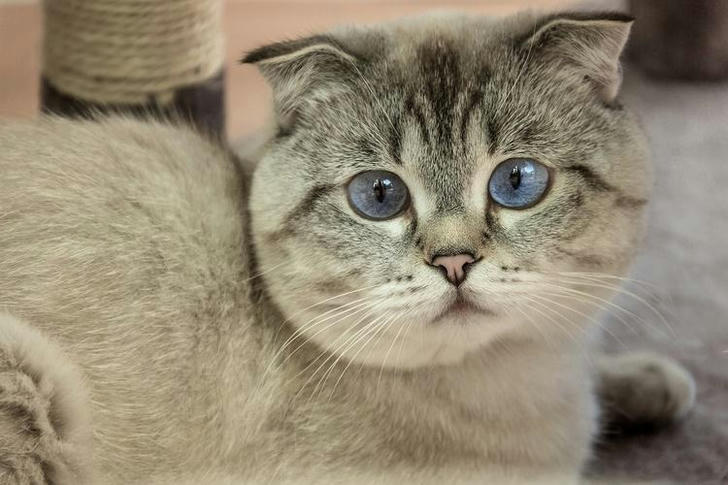
7.American Shorthair
The American Shorthair is a historic and widely popular breed known for its friendly disposition and adaptability. They have short, soft fur that comes in various colors, including stripes, spots, and solid colors, with silver tabby being the most common. They have a round head, gentle facial features, full cheeks, and large, round eyes that exude a friendly demeanor.
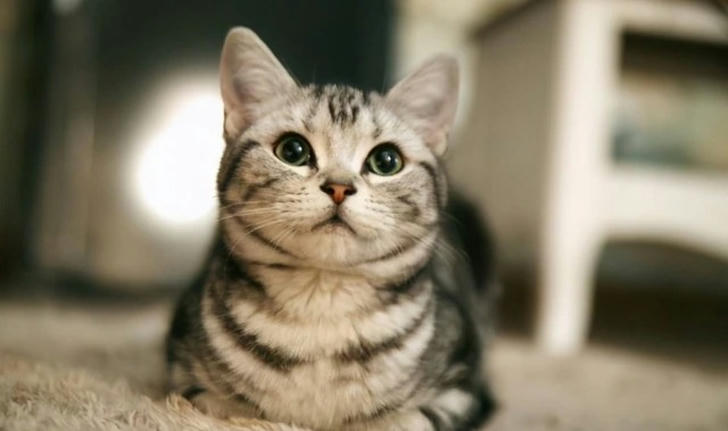
Cat's Living Habits
Dietary Needs and Nutrition:
Cats are carnivorous animals that require high-quality animal protein to maintain the health of their muscles and tissues. Good sources of protein include chicken, fish, and beef. Adequate fat provides energy and supports healthy skin and coat. Cats also need a variety of vitamins and minerals, such as vitamins A and D, calcium, and phosphorus, to maintain normal physiological functions. Sufficient hydration is essential for their health, especially when consuming dry food.
Common Types of Cat Food:
Dry cat food, wet cat food, semi-moist food, raw diets, homemade cat food, and specialty formulated diets.
Daily Activity Levels:
Dietary habits are related to activity levels. An overly rich diet may lead to obesity, which can impact their willingness to exercise.
Toys and Interaction:
Toys encourage cats to be active, helping them maintain a healthy weight and muscle development. Through chasing, jumping, and climbing, cats can get the necessary physical exercise. This also alleviates boredom and prevents anxiety, depression, or destructive behaviors caused by a lack of stimulation.
Social Behavior of Cats:
Although cats are often considered independent, many rely on their owners for food, safety, and emotional support. They express their needs through meowing and rubbing against their owners. They communicate emotions through their ears, tails, and body postures. For example, a tail held high signifies friendliness, while flattened ears may indicate fear or defensiveness.
Characteristics of Independent Living:
Cats can entertain themselves by playing, exploring their surroundings, or observing the outside world. Compared to many other pets, cats usually do not feel lonely when their owners are away and can find joy in their own company.
Grooming and Cleaning Habits:
Cats groom themselves by licking their fur with the barbs on their tongues, removing dirt and loose hair. This process helps maintain the shine and cleanliness of their coats. Grooming also fosters bonding between the owner and the cat, providing intimate interaction time.
Creating a Good Living Environment for Cats
Safe Home Environment:
Ensure that there are no harmful plants in the home, such as lilies, snake plants, and ivy. Choose safe plants or keep toxic ones out of the cat's reach.
Providing Appropriate Toys and Activity Space:
Create a safe activity area for the cat, avoiding unsafe places such as windowsills, high places, or open balconies.
Regular Health Checks and Veterinary Care:
Regularly check the home for safety hazards, including windows and door locks, ensuring they can be securely closed. Take the cat to the veterinarian for regular health check-ups to ensure its physical well-being and to identify potential issues promptly.
By creating a safe and comfortable home environment, you can help your cat feel secure and happy. Ensuring the cat's safety is not only a matter of responsibility but also crucial for promoting its healthy development. When choosing a suitable cat breed for your family, it is important to consider the needs of family members, lifestyle, and the cat's personality traits. Through careful evaluation, you can find a cat that complements your family life, bringing joy and companionship.
